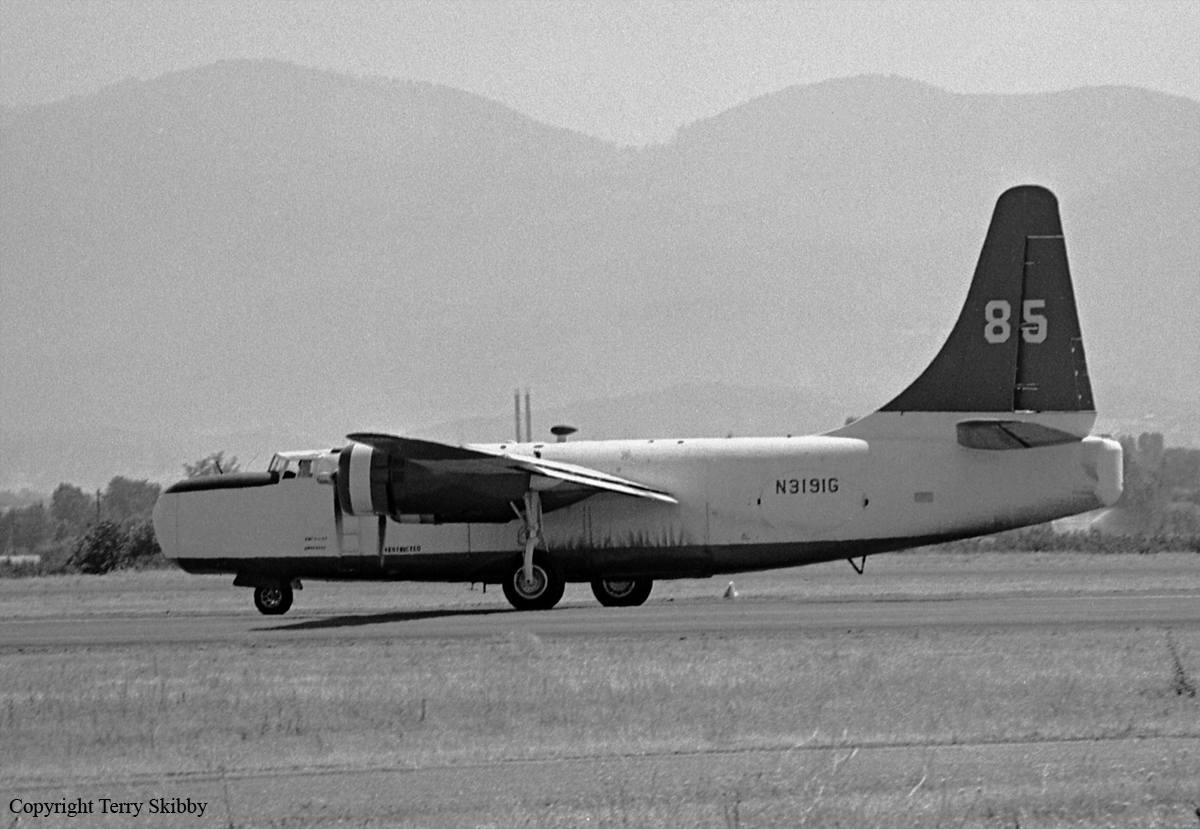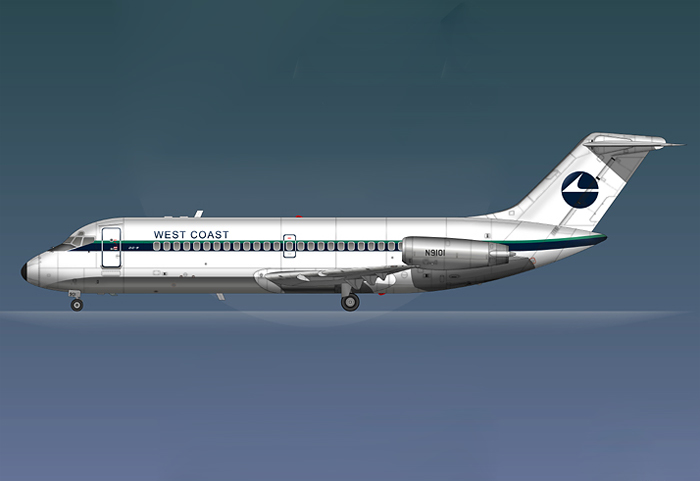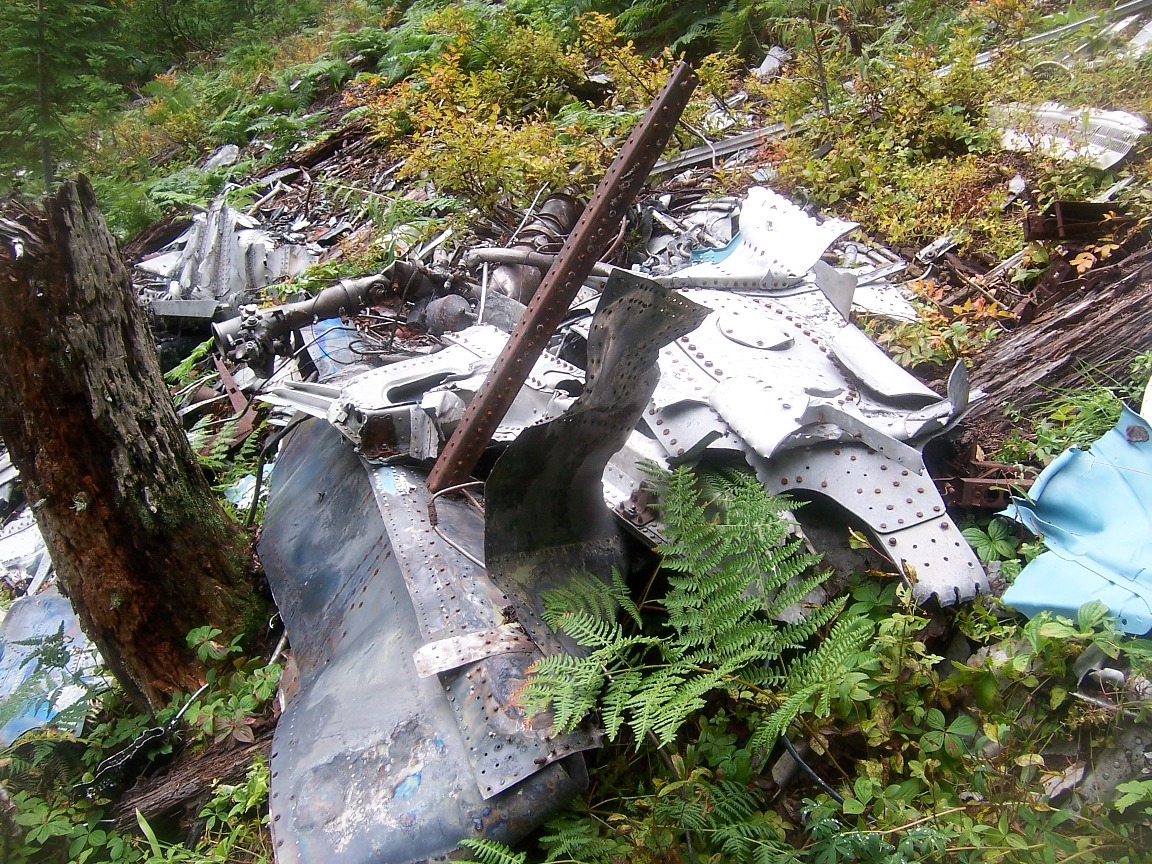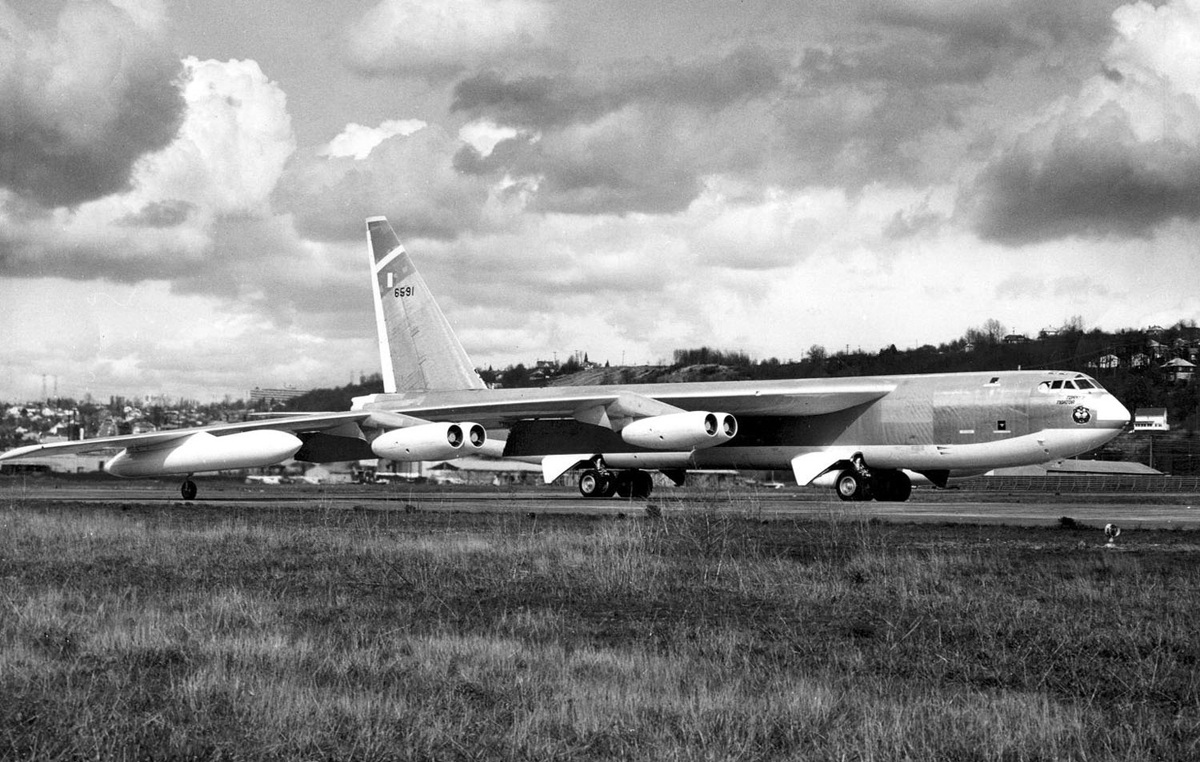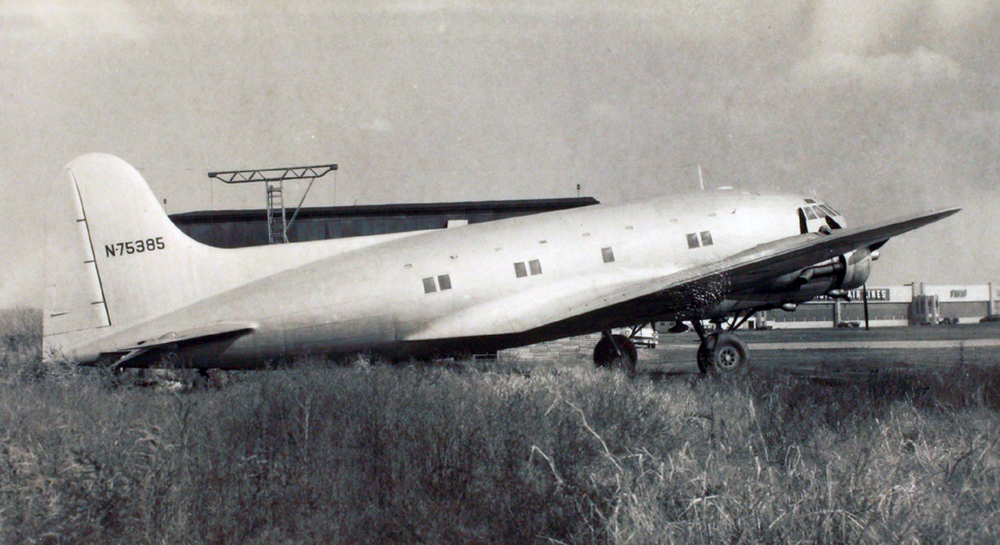Crash of a Piper PA-61 Aerostar (Ted Smith 601P) in Burns: 1 killed
Date & Time:
Aug 12, 1977 at 1150 LT
Registration:
N9578Q
Survivors:
No
Schedule:
La Verne - La Grande
MSN:
61-368-117
YOM:
1977
Crew on board:
1
Crew fatalities:
Pax on board:
0
Pax fatalities:
Other fatalities:
Total fatalities:
1
Circumstances:
En route from La Verne to La Grande, while in cruising altitude, a wing separated and detached. Out of control, the airplane entered a spin and crashed in flames. The pilot, sole on board, was killed.
Probable cause:
Airframe failure in flight and uncontrolled descent after the pilot exceeded designed stress limits of aircraft. The following findings were reported:
- Wings spars,
- Overload failure,
- Separation in flight,
- Wings separated.
- Wings spars,
- Overload failure,
- Separation in flight,
- Wings separated.
Final Report:



